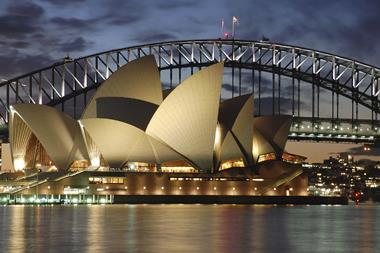Ping An and Mitsubishi Estate have been confirmed as the joint-venture partners in Lendlease’s AUD1.5bn (€1bn) office project in Sydney’s harbour front.
The Chinese insurer and Japanese developer had been mooted as potential investors to fund the creation of what will be the tallest tower in the Australian city.
Ping An Real Estate and Mitsubishi Estate Asia have taken 50% and 30% interests, respectively, with Australian developer Lendlease retaining a 20% stake, according to a source close to the deal.
The source said Lendlease will now be able to progress its plan to develop the 248 metre Circular Quay Tower.
A number of institutional investors have provided forward funding for other Lendlease projects, most notably the AUD6bn Barangaroo project on Sydney’s western harbour front.
Partners in the first phase of Lendlease’s office development in Barangaroo include several Australian superannuation funds and the Canada Pension Plan Investment Board (CPPIB). CPPIB invested AUD1bn, the single largest development commitment in Australia.
Lendlease has also secured forward funding from the Qatar Investment Authority and the Hong Kong Monetary Authority for Barangaroo South, the final phase of the massive project.
Ping An’s participation in the Circular Quay development will be its second but most significant commitment to the Australian property market.
In 2015, Ping An Real Estate, the property arm of Ping An, formed a strategic joint venture with another listed Australian group, Mirvac, to develop residential projects in Australian cities.
Ping An is also deepening its relationship with a number of Australian groups. It recently signed a memorandum of understanding with Brisbane-based fund manager QIC to forge a closer working partnership and to source investment opportunities in Australia and elsewhere.
Mitsubishi’s participation in the Lendlease’s Circular Quay project marks the return of serious Japanese money to Australian real estate. Japanese companies were the largest foreign investors in Australia’s real estate market in the 1980s and early 1990s.







